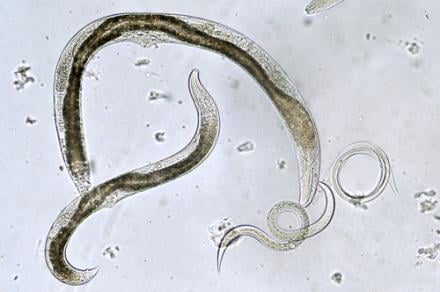How common is fish allergy?
Fish allergy is one of the top seven food allergies in children.
What are the symptoms of fish allergy?
Symptoms may occur after eating fish, contact or breathing the fish vapour during cooking or at a fish market. Hives or “nettle” rash or swelling on the face are most common. Some children have an itchy throat; others vomit or have diarrhoea. Severe reactions are less common, but can include difficulty in breathing (wheeze or swelling in the throat) and feeling faint or dizzy. Vapours from the fish may trigger an asthma attack in children who are allergic.
Allergy to fish should not be confused with scromboid poisoning. This is a type of food poisoning from eating fish that has gone off. It is more common in warmer countries than in the UK. A chemical (histamine) builds up in the fish as it decomposes. The fish may have a me allic taste. Symptoms are often like those of an allergic reaction.
Should patients with fish allergy avoid all fish?
Most patients who are allergic to white fish can eat shellfish. Furthermore, many children who are allergic to white fish such as cod and haddock, tolerate oily fish such as tuna and mackerel, or pink fish such as salmon. A possible explanation for this is that different bony fish contain different amounts of the main allergy causing protein – parvalbumin.
Fish is easy to avoid but watch for cross-contamination when buying fresh fish in shops and supermarket counters. Food fried in oil that has also been used to fry fish will be contaminated. Some foods and dishes like paella, bouillabaisse, gumbo and frito misto contain fish and should be avoided, as should Thai curries with fish sauce and many Japanese fish dishes.
Your doctor will advise whether your child should avoid all fish or just white, pink or oily fish. If your child already eats some fish or shellfish they can continue to do so.
How serious is fish allergy?
Most people with fish allergy only have mild reactions. Severe reactions affecting the child’s breathing can occur, particularly in those with bad asthma and these need urgent medical attention.
How do we diagnose fish allergy?
The diagnosis is based on the history of a typical reaction after contact with fish. Allergy tests such as skin prick tests are helpful in confirming allergy. You might be asked to bring the fish which your child has a suspected allergy to for testing. Blood tests may also be arranged. If the diagnosis is uncertain an oral fish challenge is sometimes recommended.
How should you manage a reaction?
After a reaction to fish, your child will be provided with an Allergy Action Plan for home and for school.
Mild reaction – hives, swelling or vomiting, but no breathing problems or faintness:
If possible, get the child to spit out the food. Give an antihistamine.
Severe reaction – difficulty breathing (wheezing, noisy breathing, blue colour); swelling in the throat (noisy breathing, drooling); feeling faint or dizzy, looking very pale (lie the child down with their legs raised).
Get help straight away and dial 999 stating “anaphylaxis” (ana-fil-ak-sis). If you have an adrenaline pen – use it.
If any of these severe symptoms occur get help straight away and dial 999 stating “anaphylaxis” (ana-fil-ak-sis).
Who needs to know about this allergy?
It is important to inform the nursery/school and any after-school clubs. Any other carers will also need to know. Fish that is tolerated can be eaten at home, but sometimes it is safer to avoid all fish when eating out.
Is fish allergy life long?
Most children with fish allergy will not outgrow the problem. If there has been no reaction for a long time an oral challenge may be suggested.
Is there a cure?
There is no cure for fish allergy at present.


